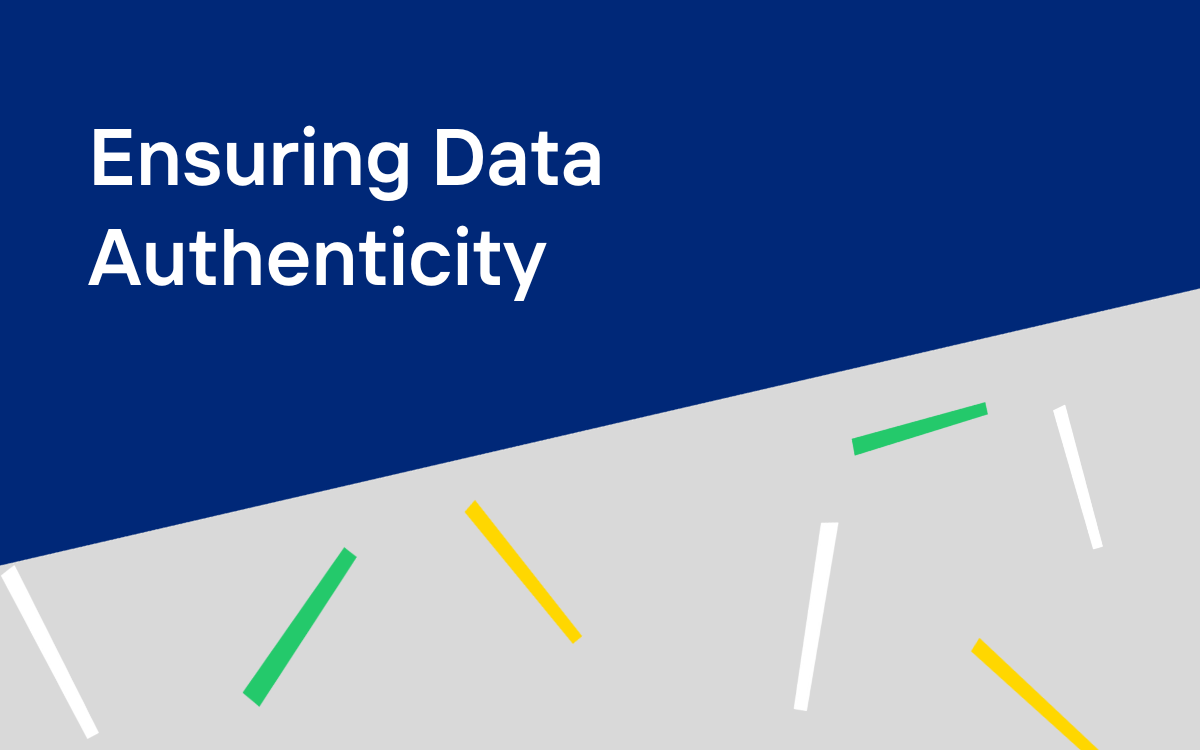Bots are automated software programs designed to perform specific tasks on the internet. While some bots are benign and provide valuable functions like helping customers or search engine indexing, others can be malicious, performing activities that range from spamming your inbox to scraping sensitive data from your website. The proliferation of harmful bots poses a serious threat to online security, user experience, and data integrity. This makes bot management solutions essential for any website or online service. A comprehensive bot management solution like Kasada can identify and categorize different types of bots, allowing the benign ones to operate while preventing malicious bots from carrying out their attacks. This ensures that your bot mitigation strategy is top notch, your website remains secure, your user experience isn’t compromised, and your data stays in safe hands.
Why Bots Are Harmful
Attackers’ favorite tool
Bots pose a serious threat because they are attackers’ favorite tool to launch attacks at scale. Malicious automation gives cybercriminals a cheap, sophisticated, and easy to use way to conduct attacks.
Bots are also highly versatile. They can be used to takeover accounts, test stolen credit cards, spam unsuspecting victims, hoard inventory, scrape competitive information, and spread misinformation.
Constant collaboration
Bot operators are very collaborative. They work in underground bot communities in order to hone and share their skills, as well as work together to improve on their technology. Meaning the adversaries you are facing never stay still, the attack methods they use are constantly changing, and traditional anti-bot solutions can’t keep up.
Even attackers that don’t have the technical skills to create bypasses to anti-bot solutions can simply purchase bypasses through Solver Services which sells bypasses to traditional anti-bot solutions for less than $2 per 1000.
User experience
Automated attacks succeed due to the high volume of bot requests, which can slow down your site and outcompete real customers for limited items like concert tickets, harming customer satisfaction.
Security Concerns
Bad bots’ only goal is to conduct some form of attack on your website, APIs, or mobile apps. Bots can takeover accounts and make fraudulent purchases, steal users’ information, use your payment system to test stolen credit cards, or even scan your defenses for vulnerabilities.
Resource Consumption
Cutting costs is one of the top priorities at every organization. Bot traffic can greatly increase operational costs. Having high infrastructure costs because someone is trying to attack your site is the ultimate waste of money.
In order to stop bot attacks, most anti-bot solutions will force you to manage their solution on your own or pay extra for the solution to be managed by the provider. Either way you need to take on costs in order to support the solution you are already paying for.
Data Integrity
Having accurate data is essential for businesses operating online. Bad bot traffic can greatly skew your data making it hard to track performance, allocate resources, and make strategic decisions. Bot traffic can skew conversion rate, ad performance, customer journey insights, and page engagement.
The Many Types of Bots to Protect Against

Spam Bots
Spam bots are automated programs designed to disseminate unwanted content across digital platforms like emails, blogs, social media, and forums. Spam bots not only clutter digital spaces, impeding genuine interactions, but can also spread malware or phishing scams. While spam filters and manual moderation offer some defense, they have limitations like customization issues or time constraints. Reporting spam bots or using third-party bot management solutions are also effective ways to combat this issue and stop spam bots.
Web Scraping Bots
Web scraping bots automatically collect data from websites and can be either benign or malicious. While some are used legitimately for research, others scrape sensitive or copyrighted data, posing threats to website owners. Monitoring traffic spikes through tools like Google Analytics can help in detecting such bots.
Credential Stuffing Bots
Credential stuffing bots are malicious automated programs designed to gain unauthorized access to user accounts by systematically attempting to log in using stolen or leaked usernames and passwords. These bots exploit the fact that many people reuse passwords across multiple platforms, attempting to breach accounts en masse. To protect against credential stuffing bots, it’s crucial to implement multi-factor authentication (MFA) on your accounts, which adds an extra layer of security beyond just a password. Regularly updating and strengthening passwords is also essential. A bot detection solution can help protect against credential stuffing bots by identifying and blocking automated login attempts in real-time, thereby safeguarding user accounts from unauthorized access. These solutions often use advanced algorithms, behavior analytics, and rate-limiting techniques to distinguish between legitimate users and bots, ensuring a secure and uninterrupted user experience.
Social Media Bots
![]()
Social media bots are automated programs that generate spam messages and fake comments. These bots not only affect your engagement on instagram, facebook, or any social media accounts and brand reputation but can also lead to account penalties like shadow-banning. Spotting these types of social media bots can be tough but look for signs like generic usernames, low engagement, or same-date photo uploads. Typical spammy comments and bot phrases might include “Advertise your business” or “Collab is a joint effort.” When you see similar types of spammy comments simply delete comments, hide message requests, and hide comments. To combat fake bot accounts and social media bots including instagram bots, you can opt for manual removal with various tools or choose automated methods. Advanced comment tools and strong security measures, including the strategic use of hiding or deleting comments, offer a comprehensive approach to maintain bot-free, authentic interactions on your accounts and remove fake followers, fake accounts, and spam comments.
Click Fraud Bots
Click fraud bots autonomously visit websites to incessantly click on pay-per-click advertisements, draining significant funds from companies. The nefarious activity compromises the bulk of an advertiser’s budget and skews performance metrics. Lacking robust bot-detection mechanisms, businesses may struggle to identify and counteract this damaging behavior.
DDoS Bots
Distributed Denial of Service (DDoS) attacks, orchestrated through bots, can entirely incapacitate a website by overwhelming it with an unmanageable volume of traffic. These bots continually try to connect to the target site, causing it to collapse. A more nuanced version involves bots making seemingly legitimate application requests like search queries, which are computationally intensive and thus challenging to distinguish and block. DDoS attacks are among the most frequent cyber threats and can severely hamper business continuity.
Denial of Inventory Bots
Denial of inventory bots target eCommerce platforms, disrupting sales by adding items to their carts without completing the purchase. This creates a false impression of products being out of stock, hindering genuine customers from making purchases. If these attacks go undetected for extended periods, they can lead to significant revenue losses.
Sneaker Bots/Scalper Bots
Sneaker bots, also known as scalper bots, represent another prevalent utilization of bot technology. Unlike denial of inventory bots, these bots actually finalize purchases but at unparalleled speeds. They are deployed to buy high-demand items like limited-edition sneakers or trending holiday gifts. The speed and sheer volume of requests from these bots often outcompete human buyers, leading to stock depletion. Afterward, the attackers either keep the products for personal use or resell them at exorbitant prices.
Hacker Bots
Hacker bots are designed to execute illicit activities such as hacking into systems, deceiving users, and distributing malware. They infiltrate computer systems and networks by exploiting security weaknesses and injecting malicious code. Financial gain is often the primary incentive behind deploying these bots, as victims typically need to pay to remove the harmful code from their compromised systems.
Freebie Bots
Freebie bots quickly exploit online pricing errors, blending elements of scraper and sneaker bots. They swiftly buy mispriced items before retailers can correct the error, leading to revenue loss, poor user experience, and higher operational costs.
Misinformation Bots
Misinformation bots are malicious bots programmed to circulate false or misleading information, often for political purposes. They aim to influence public opinion and compromise the integrity of democratic processes. Their activities are supported by multiple studies that affirm the impact of disseminated disinformation.
Solver Services
Solver services aren’t bots in the traditional sense but are integral to the bot ecosystem. These services offer APIs that bypass existing bot management technologies, lowering the entry barrier for would-be attackers. Instead of spending time and effort to reverse-engineer anti-bot measures, malicious actors can purchase these bypass solutions for a nominal fee, typically less than $2 per 1,000 bypasses.
Why Should I Use a Bot Management Solution?
Protecting online platforms from bad bots is crucial to ensure your business and most importantly your customers are safe. Don’t let bots scrape your data, hoard your inventory, or takeover your users’ accounts. An effective bot management solution like Kasada detects bots before they can cause damage and remains effective against retooling and persistent multi-waved attacks.
With a modern bot mitigation solution in place you will be able to improve user experience, ensure your inventory is going to real customers, eliminate unnecessary costs, improve your data integrity to help make better informed decisions, and protect your users from fraud. In today’s digital landscape, managing bot traffic has become an urgent necessity for businesses. Here’s why you should seriously consider implementing a bot management solution for your company:
- Safeguard user’s accounts
- Improve user experience
- Ensure data integrity
- Decrease operational costs
- Protect customer loyalty and brand reputation
What does it take to get rid of bots?
It’s important to remember that bots are simply a tool that a human attacker is using. The best way to stop a bot attack is to not only block the bots, but also remove the financial motivation for the human behind the keyboard. Here’s what it really takes to stop sophisticated bot attacks:
Dynamic detection
An effective solution should never let malicious bots access your site. Traditional anti-bot solutions need to allow requests in and analyze their behavior or using a CAPTCHA before determining if they are a bot or human. By this point it’s too late, bots are already affecting your site and can even conduct attacks like scraping. Sophisticated bots also look and act like humans more than ever before and can even solve CAPTCHAs faster than humans, making behavioral analysis and CAPTCHAs ineffective.
Kasada takes a zero-trust approach, assuming all requests are guilty until proven innocent. Our detection looks for the immutable evidence of automation whenever a bot interacts with a website, mobile app, or API. We do this by using hundreds of sensors that are invisible to real users.
Resilience to retooling
Detecting bots is only the first step in stopping bot attacks. In order to undermine the motivation of an attack an effective solution needs to make attacks too costly to conduct.
Traditional solutions are static and poorly obfuscated, when they successfully stop an automated threat, attackers get to work. Because their defenses are poorly obfuscated, sophisticated attackers can easily reverse engineer the defenses, create a bypass, and try again. Once an attacker creates a successful bypass, they can use it for months as static defenses are slow to roll out updates and improvements.
Kasada targets this broken model in two ways. First, our defenses are highly obfuscated, making reverse engineering attempts time consuming, expensive, and frustrating. Of course, given enough time highly motivated and skilled adversaries will be able to decipher our defenses. This is where our second approach comes in. Kasada’s detection is constantly changing. The signals we collect change per request, making the hard work that an attacker put into creating a bypass is no longer effective, forcing them to start again from scratch.
A solution that works for you
Traditional solutions simply hand you a tool to use to block bots. Leaving you to maintain the solution or pay high professional service fees.
Kasada believes the responsibility of stopping bots should be on us. Our platform takes the arduous ongoing maintenance of the equation, only asking you if you are ready to turn the solution on. Behind the scene Kasada’s bot hunting experts are constantly updating defenses based on trillions of bot interactions and findings from our threat intelligence team. Allowing you to benefit from our bot expertise and agile architecture that can deploy updates in minutes, not months.
If you want to see how Kasada can help you get rid of bots, contact us today.
FAQs
Can all bots be harmful?
No, not all bots are harmful; some are quite useful. But bots can be easily repurposed for malicious activities.
Is IP blocking always effective?
No, IP reputation and IP-based rate limiting are no longer effective, thanks to residential proxy networks which allow attackers to proxy their traffic through millions of legitimate consumer IP addresses.
Do CAPTCHAs ensure 100% security?
No, bots can easily solve CAPTCHAs making them completely obsolete.
What is a User Agent?
It’s a string that the browser sends to the website identifying the type of browser and operating system.
Are legal actions effective against bots?
Legal action can deter bot operators but may not stop offshore or anonymous entities.
Some attacks bots conduct are illegal, but it is often difficult to find the person behind a bot attack. Other attacks like sneaker bots are completely legal.





